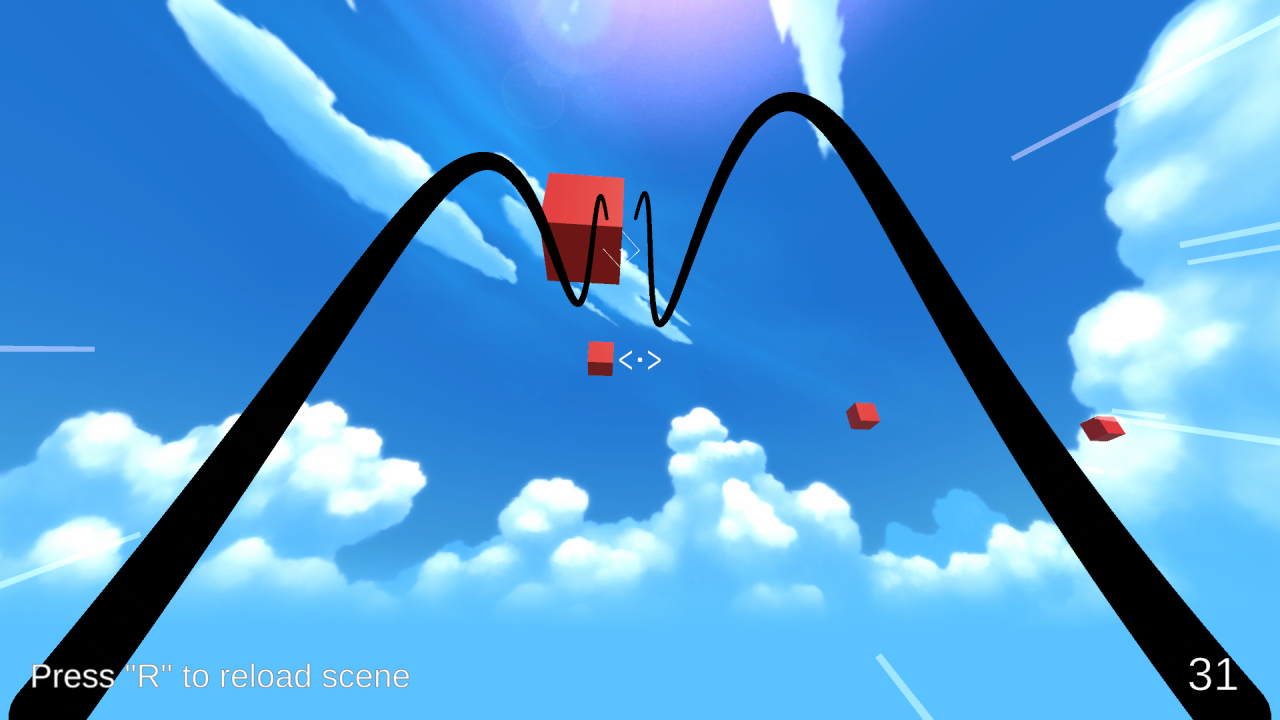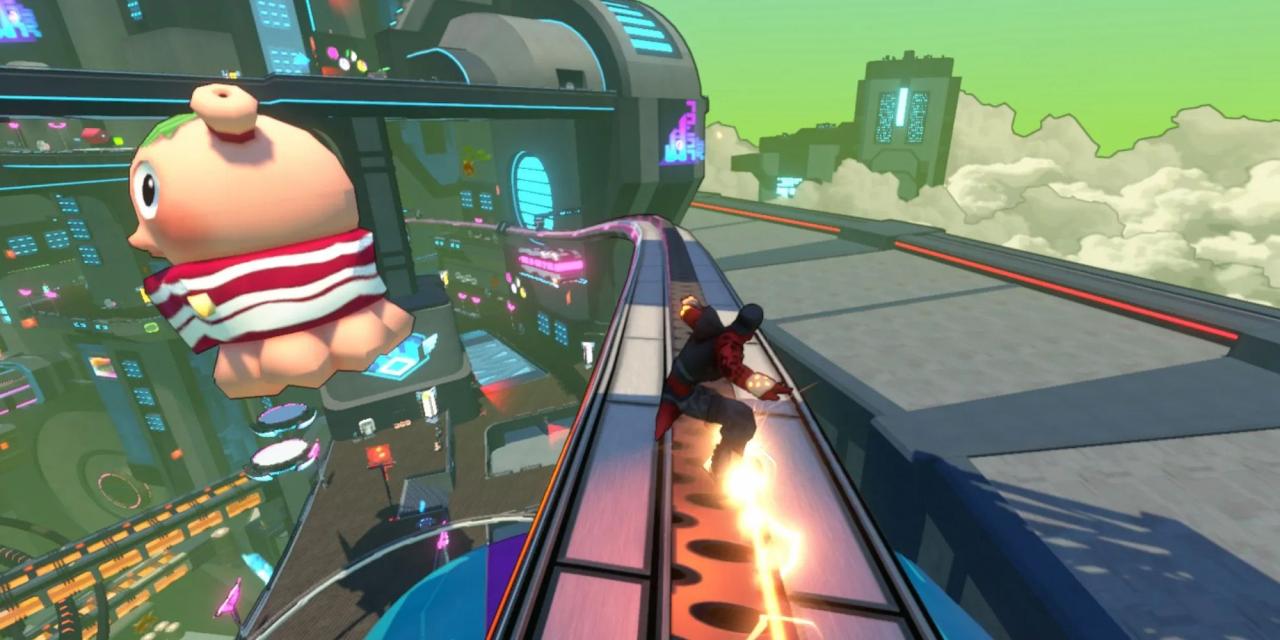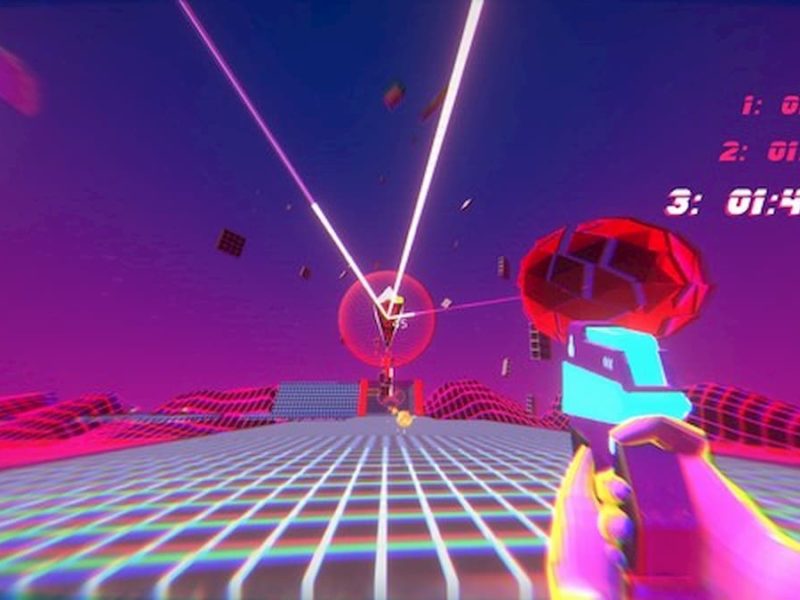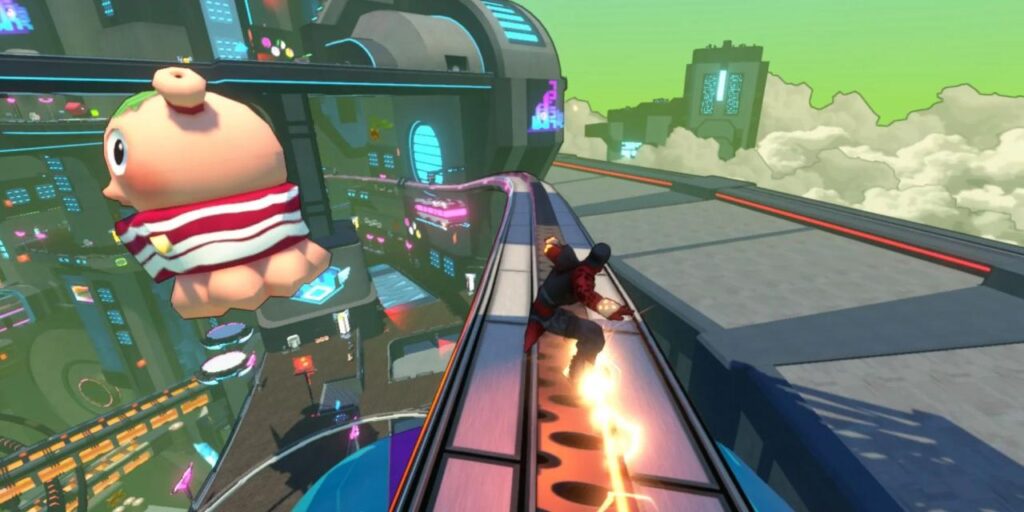Parkour games have taken the gaming world by storm, blending agility and creativity in a way that captivates players. These games challenge not only physical skills but also strategic thinking, inviting players to navigate complex environments with speed and style. From urban landscapes to fantastical realms, the allure of parkour is evident in the diverse settings and gameplay mechanics that characterize popular titles today.
In this exploration, we will delve into the top parkour games across various platforms, highlighting their unique mechanics, vibrant communities, and the key design elements that enhance the player experience. As we progress, we’ll also examine the evolution of parkour in gaming, tracing its roots and how it has influenced modern titles.
Popular Parkour Games

Parkour games have gained immense popularity for their unique blend of agility, speed, and urban exploration. Players navigate through realistic environments, performing thrilling stunts and overcoming obstacles. This genre appeals to a wide audience, from casual gamers to competitive players, thanks to its engaging mechanics and vibrant communities. Below are five standout parkour games available on various platforms, each offering a distinctive gameplay experience and a dynamic player base.
Top Parkour Games Overview
The following games exemplify the best in the parkour genre, each bringing something special to the table. Their gameplay mechanics and community engagement contribute significantly to their popularity.
- Mirror’s Edge Catalyst – Available on PlayStation, Xbox, and PC, this game is known for its first-person perspective that immerses players in a stunningly designed futuristic city. Players control Faith, a skilled runner who maneuvers through the environment using a free-running mechanic that emphasizes fluidity and speed.
- Parkour Tag – This multiplayer game is available on PC and focuses on competitive parkour. Players must navigate urban environments while tagging opponents, creating an exhilarating chase experience. The game’s mechanics revolve around teamwork, strategy, and quick reflexes.
- Ghostrunner – Combining parkour with a cyberpunk aesthetic, this game is available on multiple platforms, including PC and consoles. The high-speed combat and wall-running mechanics create an adrenaline-pumping experience where players must overcome challenging levels filled with enemies and traps.
- Descenders – While primarily a downhill biking game, Descenders incorporates parkour mechanics through its courses and stunts. Available on PC and consoles, players can perform tricks and traverse diverse terrains, enhancing the thrill of the ride.
- Free Running – This title is available on PC and consoles and focuses on the essence of parkour. Players can create their own courses and compete against others, offering an extensive customization feature that allows for unique gameplay experiences.
Gameplay Mechanics of Parkour Games
Each of these games incorporates innovative mechanics that enhance the parkour experience. Players can execute complex movements, including wall runs, flips, and vaults, contributing to a seamless flow of gameplay.
“Fluid parkour mechanics allow players to feel like true athletes, pushing the boundaries of movement within the game world.”
The emphasis on speed and agility creates a sense of urgency and excitement, challenging players to master their skills and react quickly to obstacles. This aspect is particularly evident in games like Mirror’s Edge Catalyst, where momentum is key to navigating the environment efficiently.
Community and Player Base
The communities surrounding these parkour games are vibrant and active. Players often share tips, tricks, and custom content, fostering a collaborative environment.
- Mirror’s Edge Catalyst – The game’s community thrives on forums and social media, where players showcase their fastest runs and discuss level design. Events and competitions frequently engage players, promoting a competitive spirit.
- Parkour Tag – As a multiplayer game, it has developed a dedicated player base that focuses on competitive play. Community-organized tournaments attract participants eager to showcase their parkour skills.
- Ghostrunner – The fast-paced nature of the game has spawned a dedicated following, with players creating speedrun challenges and sharing gameplay videos. This community emphasizes skill mastery and creativity in level navigation.
- Descenders – The biking and parkour hybrid has a unique community that mixes biking enthusiasts with parkour fans, leading to a diverse range of shared content and events.
- Free Running – Its emphasis on user-generated content fosters a creative community, where players can design their courses and share them with others, enhancing replayability and engagement.
Parkour Game Design Elements

The design of parkour games is pivotal in shaping the overall experience for players. Key elements play a crucial role in crafting immersive environments that not only challenge the player’s skills but also engage their sense of exploration and achievement. This discussion delves into the essential design features that enhance the parkour experience, evaluates the impact of level design on player movement, and highlights the importance of character agility and controls.
Key Design Features Enhancing Parkour Experience
Several design features contribute significantly to the parkour experience in games. These features create an interactive environment where players can express their agility and creativity. The following elements stand out:
- Diverse Terrain: Varied landscapes, including urban settings, rooftops, and natural terrains, provide players with multiple surfaces to navigate, encouraging exploration and adaptability.
- Dynamic Obstacles: Implementing moving obstacles and hazards elevates excitement and unpredictability, challenging players to time their movements strategically.
- Visual Cues: Clear visual indicators, such as highlighted surfaces or paths, guide players seamlessly through environments, enhancing flow and reducing frustration.
Impact of Level Design on Player Movement
Level design in parkour games directly influences how players move and interact with the environment. Thoughtfully crafted levels can promote fluidity in movement, while poorly designed ones can hinder player engagement. Consider the following aspects:
- Verticality: Levels with multiple elevation changes allow players to utilize a range of parkour techniques, enhancing the sense of freedom and exploration.
- Path Variety: Providing multiple routes through a level encourages players to experiment with different parkour maneuvers, fostering creativity and replayability.
- Checkpoint Systems: Well-placed checkpoints maintain player motivation, allowing for risk-taking without severe penalties for failure.
Importance of Character Agility and Controls, Parkour games
Character agility and responsive controls are vital for delivering a satisfying parkour experience. The mechanics of movement must align with player expectations to achieve a sense of realism and flow. Key components include:
- Fluid Motion Mechanics: Smooth transitions between actions, such as running, jumping, and climbing, create a natural feel that enhances immersion.
- Responsive Controls: Intuitive control schemes ensure players can execute complex maneuvers without frustration, making the gameplay accessible yet challenging.
- Customization Options: Allowing players to tailor their character’s abilities fosters a personal connection and encourages experimentation with different play styles.
Effective parkour game design not only challenges players but also empowers them to express their capabilities and creativity within dynamic environments.
The Evolution of Parkour in Gaming: Parkour Games

The journey of parkour mechanics in video games showcases a fascinating evolution, reflecting advancements in technology and design philosophies. From its humble beginnings to its current status as a mainstream gaming element, parkour has transformed gameplay experiences, captivating players with dynamic movements and immersive environments.
The historical development of parkour mechanics can be traced back to the early 2000s, when titles like “Mirror’s Edge” introduced sleek, fluid animations that allowed players to traverse environments in innovative ways. Prior to this, games with parkour elements often relied on less sophisticated mechanics, resulting in clunky controls and limited movement options. Modern titles not only benefit from improved graphics but also utilize advanced physics engines and artificial intelligence to create more realistic and engaging parkour experiences.
Comparison of Earlier Parkour Games and Modern Titles
The differences between earlier parkour games and today’s offerings are stark, particularly in terms of technology and graphics. Early games often had simplistic environments and basic animation, which constrained the player’s ability to explore and interact with the world. Modern titles, however, embrace open-world designs, allowing for more intricate navigation and fluid movement.
Some key aspects to consider include:
- Graphics: Early parkour games often had pixelated graphics and limited textures, making environments feel less immersive. Modern games utilize high-definition graphics and detailed textures, enhancing the visual appeal and realism of parkour movements.
- Physics Engines: The introduction of advanced physics engines allows for more realistic character movements and interactions with the environment, providing a greater sense of impact when performing parkour maneuvers.
- Gameplay Mechanics: Earlier parkour mechanics were often simplistic, with limited options for movement. Modern games offer a wide array of moves and techniques, such as wall-running, vaulting, and sliding, leading to more engaging gameplay.
- AI and NPC Interaction: Modern parkour games often feature intelligent AI that reacts to player movements, creating dynamic challenges and situations that didn’t exist in early titles.
Parkour games have also influenced other genres and gameplay styles, integrating high-energy movement mechanics into various gaming experiences. Titles outside the parkour genre, such as “Assassin’s Creed” and “Ghostrunner,” exemplify how these mechanics enhance exploration and combat.
“The integration of parkour mechanics has not only shaped individual titles but has also redefined gameplay expectations across various genres.”
The evolution of parkour in gaming demonstrates its capacity to adapt and innovate, continually enhancing the way players interact with digital worlds.

